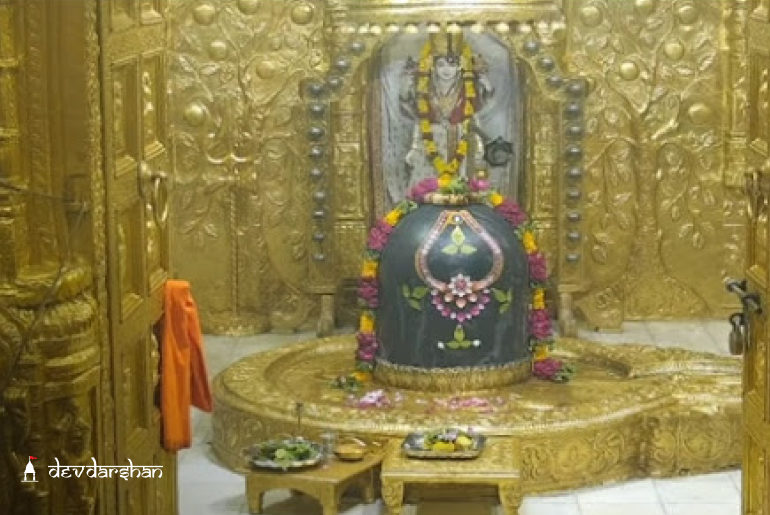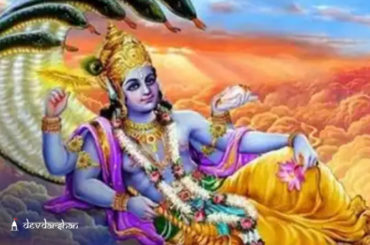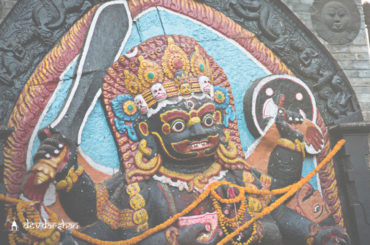The Somnath temple is situated in Prabhas Patan near Junagadh in Saurashtra on the western coast of Gujarat. It is believed to be the first among the twelve jyotirlinga shrines of Lord Shiva, which are highly revered by Devotees all over the sub-continent of India. It is also an important pilgrimage and tourist spot in India, where travellers from all around the world come to visit it. Reconstructed several times in the past after repeated destruction by several Muslim invaders and rulers, the present temple was reconstructed in the Chaulukya style of Hindu temple architecture and completed in May 1951. The reconstruction was started under the orders of the Home Minister of India Vallabhbhai Patel and completed after his death. In spite of numerous destructions caused by invaders, the temple of Somnath still stands with all its Divinity and Energy manifesting the power of Lord Shiva.
Temple History
Somnath region has been a pilgrimage site from ancient times on account of being a Triveni Sangam (the confluence of three rivers: Kapila, Hiran and the mythical Saraswati, which has been known to be hidden). Soma, the Moon God, is believed to have lost his lustre due to a curse, and the Lord bathed in the Saraswati River at this site to regain it. The name of the town Prabhas means lustre, as well as the alternative names Someshvar and Somnath which means the Lord of the Moon. According to popular tradition documented by J. Gordon Melton, the first Lord Shiva temple at Somnath is believed to have been built at some unknown time in the past, which has been not known. The second temple is said to have been built at the same site by the Yadava kings of Vallabhi around 649 CE. In 725 CE, Al-Junayd, the Arab governor of Sindh is said to have destroyed the second temple as part of his invasions of Gujarat and Rajasthan. The Gurjara-Pratihara king Nagabhata II is said to have constructed the third temple in 815 CE, a large structure of red sandstone. After this, the temple had been destroyed several times by Muslim invaders but has always been restored to its glorious past. It is said that the Somnath temple has miraculous powers and therefore, no one was able to destroy it completely.
Importance of Somnath Jyotirlinga
Somnath Jyotirlinga is one of the most sacred pilgrimage sites, which is recognised as the country’s most revered, divine and first Jyotirlinga. No doubt that the Veraval region of Gujarat is known as Siddha Kshetra due to the presence of this Jyotirlinga in this region. The historical and mythological significance of Somnath Jyotirlinga is immense. According to Hindu mythology, it is said that the 27 daughters of King Daksha were married to the Moon. However, Chandra Devta (Moon) loved Rohini more than his other wives. As a result, Daksha Prajapati cursed him to vanish. After that, to get relief from this curse, Chandra Devta worshipped Lord Shiva at this auspicious place. Pleased with the dedication, great penance and devotion of the Moon God, Lord Shiva relieved him from this curse. Lord Shiva appeared here to give his Blessings to Chandra Devta, and since then Somnath Jyotirlinga has been consecrated here.
Also Read: Importance of Rudrabhishek Puja
Somnath Jyotirlinga region is not only famous for Lord Shiva Temple but also for the presence of the unique Temple of Shri Krishna. It is believed that Shri Krishna left the material world at this holy place. Lord Shiva himself has blessed this place to be divine and miraculous. According to Shiv Purana, Lord Shiva is omnipresent and his presence is everywhere, and therefore he fulfils all the wishes of his Devotees.
Importance of Rudrabhishek at Somnath Jyotirlinga
Rudrabhishek puja performed at Somnath Jyotirlinga holds great significance. Moreover, its benefits increase multi-fold when done on Pradosh tithi or Shivratri including Mahashivratri. It is said that by participating in Rudrabhishek in Somnath Temple, your life with enriched with peace of mind, wealth and prosperity. By Lord Shiva’s Grace, all your wishes are fulfilled and you get success in business, along with health benefits and long life.
Do you know about Masik Shivaratri? Find here
Not limited to this, the auspicious Rudrabhishek also brings in other benefits which are as follows:
Fulfill All Your Wishes
The easiest Vedic and the most efficient way to please Lord Shiva immediately is Rudrabhsihek Puja. In this special puja, Lord Shiva’s Abhishek is performed by reciting Rudrashtadhyayi Mantras by the Shukla Yajurvediya method. With these rituals, Lord Shiva gets easily and the desired boon is granted.
Good Health and Economic Benefits
Through Rudrabhishek puja, Lord Shiva’s blessings are bestowed on you and you also gain special economic benefits. Rudrabhishek can also help resolve job or business losses. Whether the fear of unprecedented death, fear of the unknown or the suffering of any diseases are removed by participating in Rudrabhishek and Pitra Sukta.
Resolution of Horoscope Doshas
As the Presiding Deity of the Navgrahas is Lord Shiva, by Rudrabhishek Puja all defects and malefic effects of Navagrahas from the horoscope are removed. If you are suffering from Shani Sade Sati or Rahu Mahadasha, the negative effects of the Moon, Mars, Sun, Mercury, Venus or Rahu Ketu, all the bad effects of malefic planets are resolved by Rudrabhishek Puja.
Along with Rudrabhishek Puja, Pitru Sukta Path is also highly rewarding and beneficial when performed in Somnath Jyotirlinga.
Benefits of Pitru Sukta Path
Pitru Sukta Path is especially done during Shraddh. It is highly auspicious and gives favourable results. Hence, reciting Pitru Suktam, in front of Lord Shiva in Somnath Jyotirlings during the Shraddh, gives relief from Pitra Dosh, and progress in life is attained by the removal of all obstacles and problems.
Participate in Rudrabhishek Puja on Mahashivaratri
Check out various Online Puja and services provided by DevDarshan here and get your bookings done in one click. If you want to know more about Indian culture, Indian Temples, Pujas and festivals, then download the DevDarshan App. Don’t forget to share this blog if you liked.




